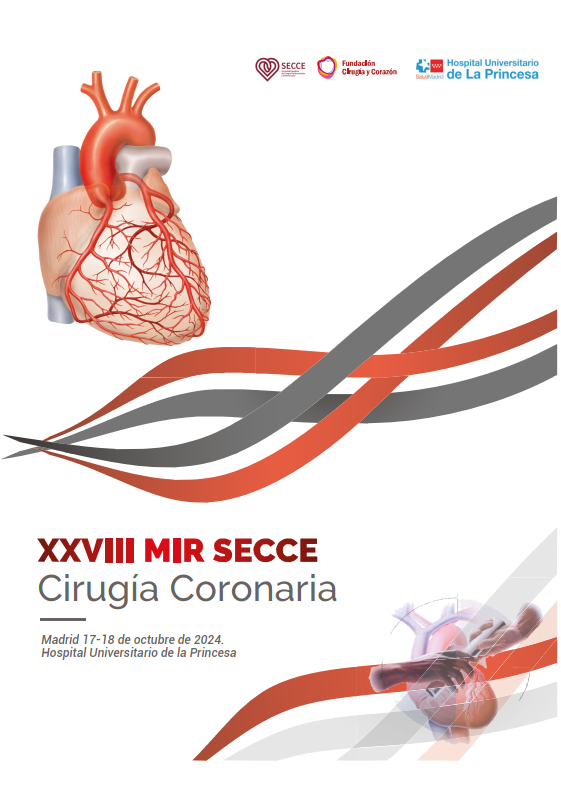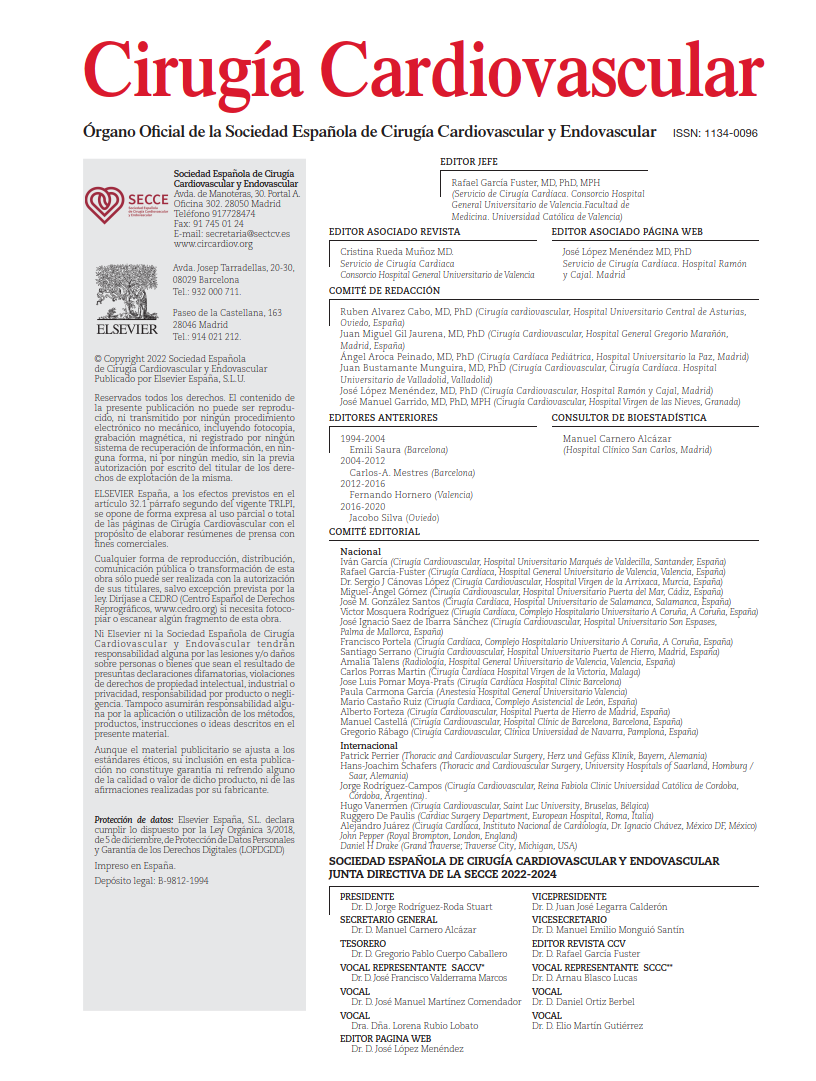HT remains the treatment of choice for selected patients with advanced heart failure (HF). However, it faces two major limitations. First, following transplantation, clinicians must find a balance between adequate control of alloimmunity to ensure graft survival, and the complications associated with excessive immunosuppression. Second—and more critically—there is a substantial mismatch between the limited availability of donor hearts and the growing number of candidates on the waiting list. This latter issue represents the greatest obstacle to expanding HT, underscoring the urgent need for strategies that increase donor availability. A recently published consensus document in JACC: Heart Failure addresses this evolving landscape by analyzing the implications of expanding donor acceptance criteria and attempts to answer the pivotal question: how much risk is too much when accepting a donor heart?
Significant global differences exist in both the growth and characteristics of the donor pool when comparing the United States and Europe. Since 2016, the number of HT procedures in the United States has increased primarily due to the rise in young donors dying from drug overdose. In contrast, the impact of the opioid epidemic has been more modest in Europe, where transplant programs have turned to accepting older donors with more comorbidities to maintain and expand HT volume. Donor age thresholds for organ acceptance have shifted over time, and data show that outcomes with donors >50 years old are acceptable, provided a more rigorous evaluation is conducted.
To date, no algorithm developed to identify high-risk cardiac donors has proven sufficiently robust for routine clinical implementation. This limitation stems from the fact that most systems focus almost exclusively on donor-related variables, with minimal consideration of procedural factors or the recipient’s clinical status. Evidence increasingly suggests that recipient condition is a stronger determinant of post-transplant survival than donor characteristics alone.
Traditional criteria used to evaluate donor heart acceptability—such as degree of left ventricular hypertrophy (LVH), ventricular dysfunction, or suspected coronary artery disease (CAD)—should be contextualized within other variables, particularly the expected ischemic time. For instance, LV wall thickness >13 mm may be deemed acceptable in young donors with short ischemic times. Likewise, ventricular dysfunction in the setting of brain death may be transient, and grafts that recover systolic function after resolution of stressors demonstrate survival rates comparable to those of grafts with normal baseline function.
Regarding donor CAD, descriptive studies have shown that stenoses >50% are particularly prevalent in recipients who experience primary graft dysfunction (PGD) and early mortality. The Spanish DONOR-CAD study recently demonstrated that recipients of donor hearts with CAD had similar overall outcomes to those without CAD, albeit with increased rates of cardiovascular events and cardiovascular death. Although there is no strong evidence to mandate routine coronary angiography during organ procurement, the general recommendation is to avoid using donor hearts with >50% stenosis in two or more coronary territories.
Size matching between donor and recipient has also evolved. Traditional assessments based on weight and height have been replaced by the use of predicted heart mass (PHM), which incorporates age, sex, and anthropometric measurements. A donor-to-recipient PHM ratio <0.86 is generally considered a limiting factor for transplantation, although this may be refined by additional measures such as echocardiographic estimates of cardiac output.
The JACC document highlights recent medical and technological advances that have introduced novel donor sources—such as controlled donation after circulatory death (DCD)—and mitigated the impact of previously limiting factors like donor-recipient distance, which historically extended ischemic times.
DCD has allowed for a 15–30% increase in transplant procedures depending on the HT program. The primary concern associated with DCD is ischemic injury to the donor heart during the period from withdrawal of life-sustaining therapies to formal death declaration and organ retrieval—referred to as warm ischemia. Unlike donation after brain death (DBD), where cardiac activity is immediately arrested with cardioplegia, DCD involves a period of hypoxia and hypoperfusion at normothermia prior to circulatory arrest. Following death declaration, the heart may be retrieved directly (direct procurement) or reperfused using one of two strategies: ex situ perfusion with devices like the Organ Care System (OCS, TransMedics®), or normothermic regional perfusion (NRP).
Direct procurement in DCD is associated with a higher incidence of PGD. In contrast, outcomes using ex situ perfusion and NRP are encouraging. The only randomized trial conducted to date demonstrated that survival after DCD with reperfusion strategies is comparable to that of DBD. Organ reperfusion techniques reduce warm ischemic time, enable partial recovery from ischemic injury, and allow functional assessment of the graft prior to transplantation. However, the high cost of ex situ perfusion systems limits widespread adoption. As a result, NRP has been implemented as the primary reperfusion technique in many European programs, achieving similarly favorable results.
Ex situ perfusion appears particularly beneficial in HT cases involving long distances between donor and recipient, as it preserves the graft in a physiologic environment rich in oxygen and nutrients from retrieval to implantation. The OCS system has demonstrated excellent survival outcomes even with ischemic times exceeding 4 hours, including in high-risk donors. In parallel, preservation devices such as SherpaPak® maintain the graft under stable thermal conditions, reducing cold ischemia–related injury and lowering the incidence of severe PGD.
Assessing donor risk in HT is inherently complex, as it involves the dynamic interaction of multiple variables that may evolve over time and exhibit synergistic effects that are difficult to predict. In this context, machine learning technologies may significantly enhance clinical decision-making. Recent applications of these tools have shown greater accuracy in predicting PGD compared with previously developed algorithms.
Lastly, the document addresses a critical ethical and clinical question in donor heart acceptance: whether the desire to optimize post-HT outcomes at the programmatic level may inadvertently compromise patient survival on the waiting list. Substantial evidence indicates that critically ill patients benefit more from receiving a transplant—even from a higher-risk donor—than from remaining on the waitlist, where mortality remains high. It therefore seems reasonable to accept a higher level of donor-related risk in cases involving urgent or hard-to-transplant candidates.
COMMENTARY:
In the complex task of selecting a suitable cardiac donor, transplant teams must undertake a rigorous, yet flexible and individualized evaluation. Numerous donor and recipient factors must be considered, always prioritizing recipient safety. Emerging strategies to expand the donor pool, combined with advances in medical and preservation technologies, offer an exciting and hopeful landscape for heart transplantation. A paradigm shift toward broader donor acceptance—guided by nuanced, evidence-based assessments rather than rigid exclusion criteria—may help address the growing disparity between donor supply and transplant demand.
REFERENCE:
Jain R, Kransdorf EP, Cowger J, Jeevanandam V, Kobashigawa JA. Donor Selection for Heart Transplantation in 2025. JACC Heart Fail 2025;13(3):389-401. doi/10.1016/j.jchf.2024.09.016



